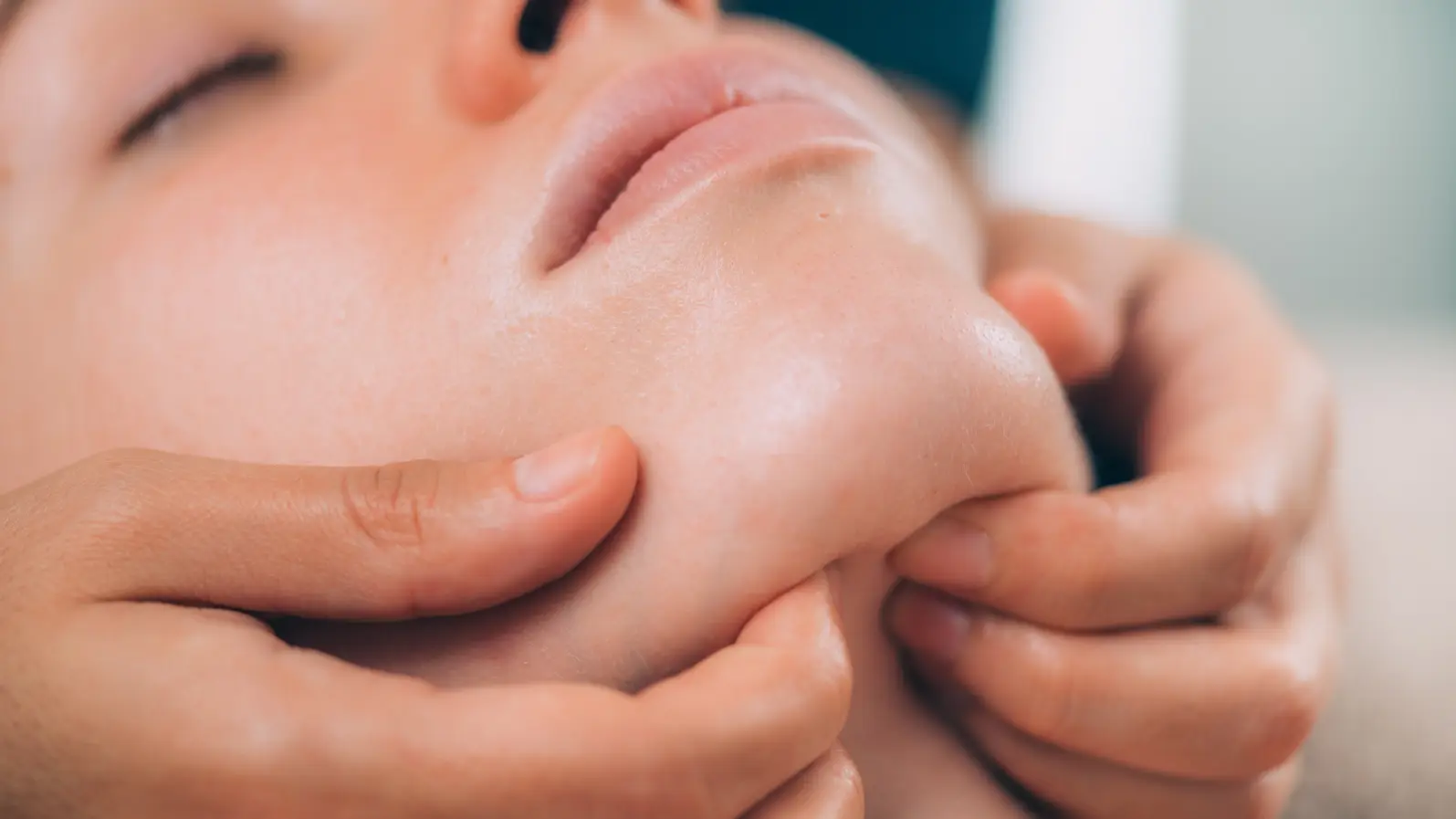
Half of Iranian Bodybuilders Show Signs of Jaw Disorders, Study Finds
Understanding how intense training affects oral and facial health
Temporomandibular disorders (TMDs)—conditions that cause pain and dysfunction in the jaw joint and surrounding muscles—are often discussed in dental and medical settings. But a new study highlights a surprising group at risk: bodybuilders.
Researchers from Shahid Beheshti University of Medical Sciences conducted the first investigation in Iran examining how common TMD and oral parafunctional habits (such as clenching or grinding) are among bodybuilders. Their findings shed light on how high-intensity training may influence jaw health in ways athletes rarely consider.
Why Bodybuilders? A Growing Concern in Sports Medicine
TMD is one of the most common sources of non-dental orofacial pain. Meanwhile, oral parafunctional behaviors—jaw clenching, grinding, chewing excessively, or maintaining jaw tension—are known risk factors for TMD.
Previous studies suggest resistance-trained athletes may clench their jaws more intensely during heavy lifts, either consciously or subconsciously, to generate stability or power. Yet, no study had ever examined this phenomenon in Iranian bodybuilders, leaving a research gap the team aimed to fill.
What the Researchers Did
The team conducted a cross-sectional study involving 378 bodybuilders aged 18–60 from gyms across Tehran. All participants had trained consistently for at least six months.
Two validated tools were used:
Fonseca Anamnestic Index (FAI) — to assess TMD severity
Oral Behaviors Checklist (OBC) — to evaluate the frequency of parafunctional jaw activities
Participants also provided demographic and training-related information, such as weekly training hours, years of experience, and their heaviest bench press weight.
Key Findings
1. Nearly Half Had TMD
42.8% of bodybuilders showed signs of TMD
34.9% mild
7.9% moderate
Surprisingly, none showed severe TMD.
2. Every Participant Reported Oral Parafunctional Behavior
100% had at least one such behavior
73.5% mild
26.5% severe
This is one of the most striking findings, suggesting jaw-related behaviors are extremely common among bodybuilders during training and daily life.
3. Gender Differences Emerged
While TMD rates were similar in men and women,
Oral parafunctional behaviors were significantly associated with gender, with women showing higher severity.
4. Heavy Bench Pressing Correlated with Jaw Habits
The heaviest weight used in bench press had a significant association with the severity of oral parafunctional behaviors (P = 0.002).
Those lifting heavier weights tended to show more intense jaw-related habits — possibly due to increased exertion, muscular tension, or bracing patterns during lifts.
5. No Association with Age, BMI, or Training Duration
TMD prevalence did not differ significantly across:
age groups
years of bodybuilding
weekly training hours
BMI
This suggests that jaw disorders in athletes may be driven more by behavioral patterns than by training volume or body composition.
6. TMD and Jaw Habits Are Correlated
The study found a significant positive correlation (r = 0.245, P = 0.02), meaning:
Athletes with more severe oral parafunctional behaviors were more likely to have TMD.
What This Means for Athletes and Coaches
This study offers compelling evidence that jaw health deserves greater attention in resistance training environments. Since all bodybuilders demonstrated some level of parafunctional activity, and nearly half had TMD, coaches and athletes may need to:
Consider using protective methods (mouthguards, physiotherapy support)
Modify lifting techniques or breathing patterns
Increase awareness of jaw tension during workouts
Encourage early dental evaluations for persistent symptoms such as jaw clicking, limited opening, or facial pain
The authors note that early detection is crucial because TMD prognosis improves significantly with early intervention.
Limitations and Future Directions
Because the study used self-reported questionnaires, future research should include:
Clinical examinations
Diagnostic Criteria for TMD (DC/TMD) assessments
Comparisons between professional vs. amateur bodybuilders
The role of psychological stress and anxiety, which also influence jaw tension
Conclusion
This first-of-its-kind study in Iran reveals that TMD and oral parafunctional behaviors are highly prevalent among bodybuilders. With 42.8% showing signs of TMD and 100% exhibiting jaw-related habits, the research highlights an often-overlooked aspect of athletic health.
Better awareness, preventive strategies, and collaboration between athletes, coaches, and dental professionals could help reduce TMD risk and improve overall well-being for bodybuilders.
Original Article
Mortazavi H., Mirzaei H., Rastkar N., Zayeri F., & Rastkar A. (2025). Evaluation of the prevalence and severity of temporomandibular disorders and oral behaviors in a group of Iranian bodybuilders: a cross-sectional study. BMC Oral Health, 25, 1736.